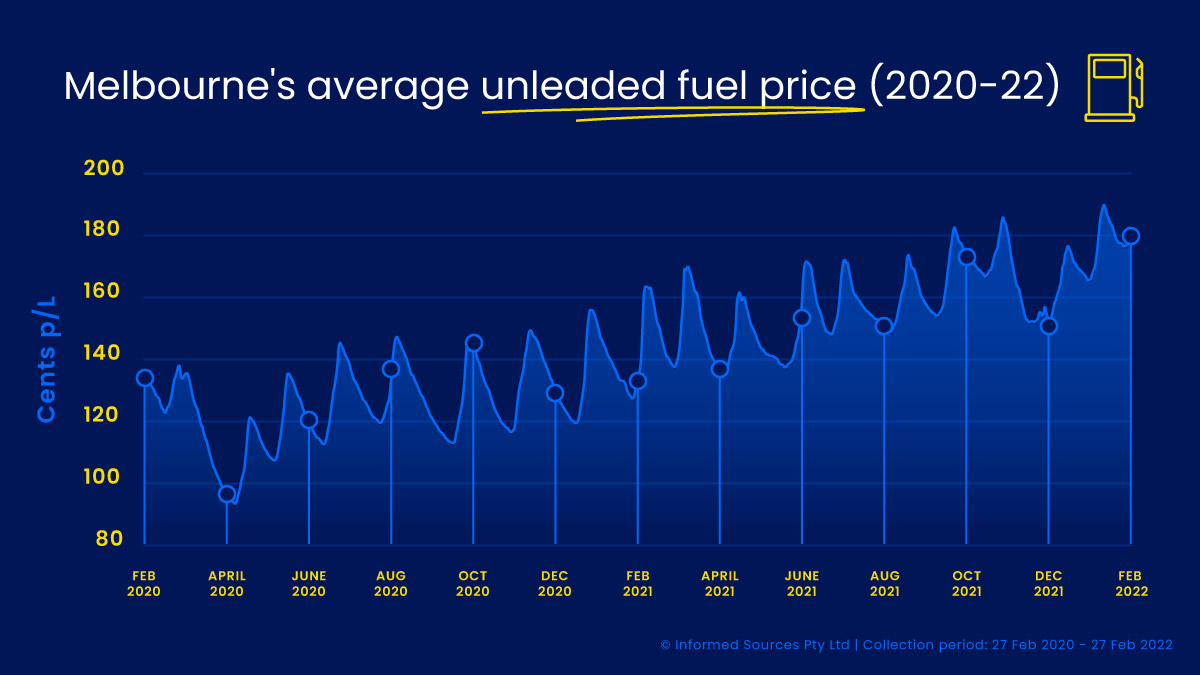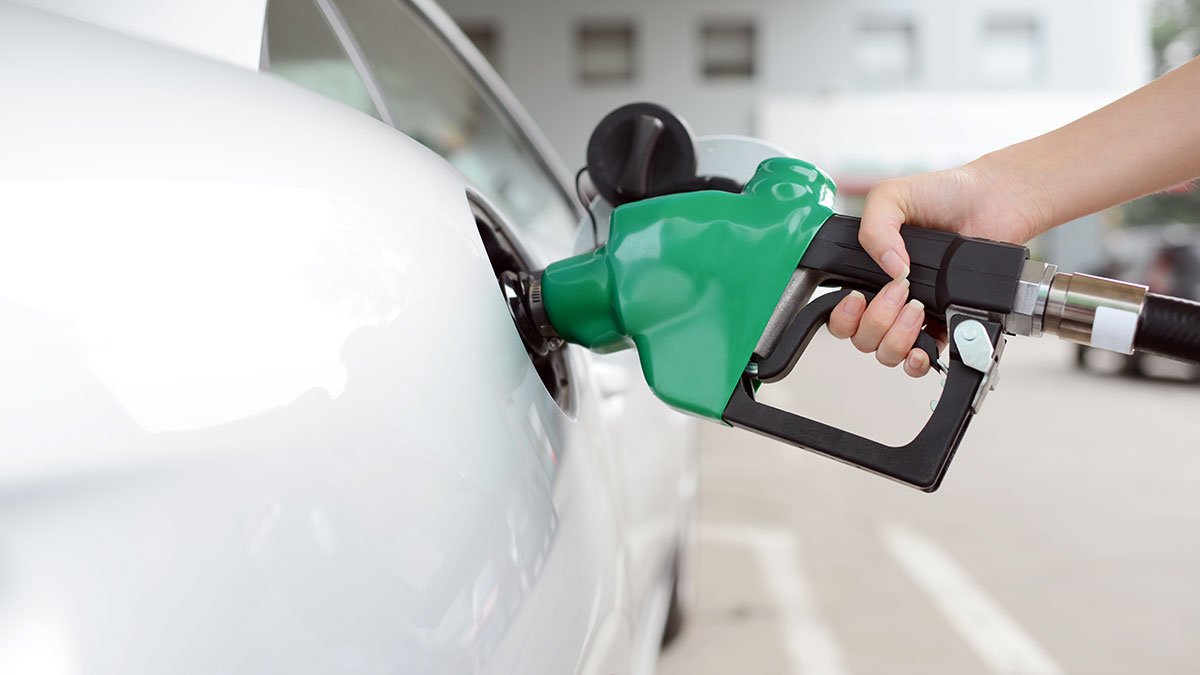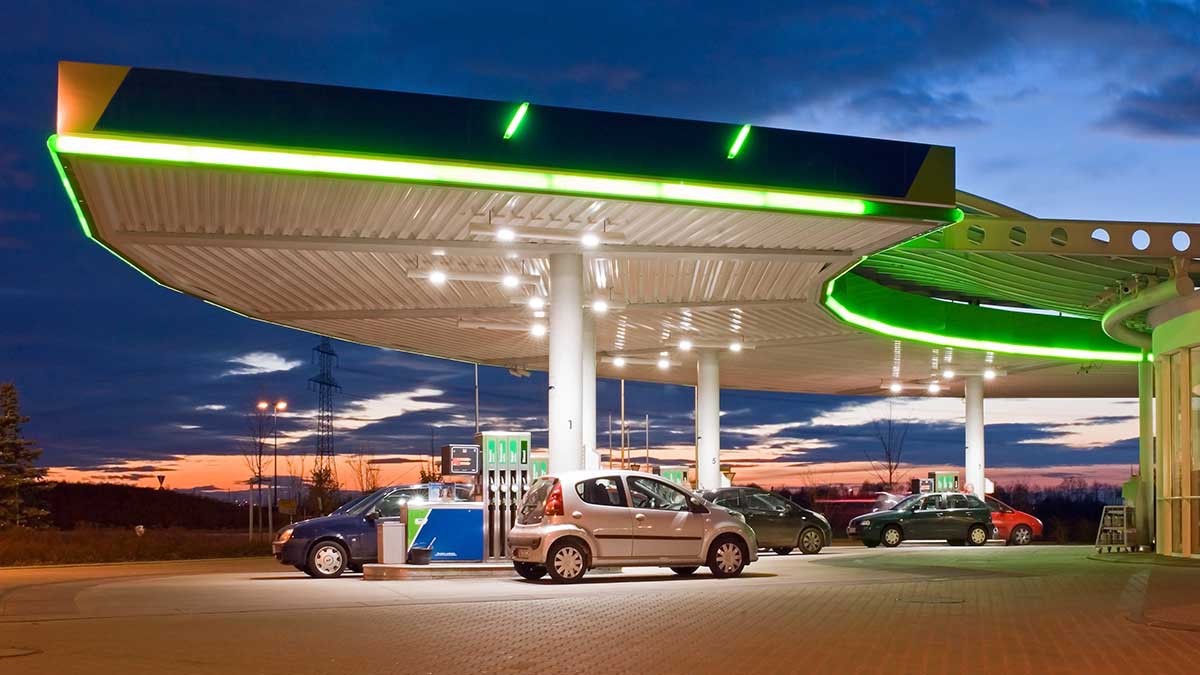Buying a car in Australia is a significant financial decision, and setting a clear budget is essential to avoid overspending and ensure long-term affordability.
Calculating the cost of fuel: petrol prices explained
If you're wondering why petrol is so expensive, we explain how the fuel cycle works – and how to save when filling up.
Ever wondered why petrol prices soar one week and are cheaper the next? Or why it seems to cost more when travelling on holidays than at your local petrol station?
Determining the price of petrol at the bowser is the result of a long and complicated equation, which is why we've explained the factors that make up the price of petrol, and why prices rise and fall so frequently.
How the price of petrol is set
What changes the petrol price?
Average petrol prices are influenced by an underlying increase in crude oil prices, which has a flow-on effect at the pump when we go to fill up. The price is made up of three key factors – international trends, Australian taxes, and other mitigating costs that make up the petrol price cycle.
Petrol price cycle
The fuel price cycle is driven by a range of factors, but the primary one is competition between retailers. A fuel chain will discount the price of petrol by a few cents per litre. Its rivals will then follow suit, or undercut it by a few points.
That cycle can continue for a few days or weeks until it becomes unprofitable, and the companies reset their prices to improve the bottom line.
It is no coincidence that the cycle typically corresponds to public and school holidays. Car owners tend to travel at those times, and fuel companies tend to react accordingly, based on the supply and demand principle.
The cycle can also vary between suburbs. It is not unusual for Melbourne petrol prices to vary by up to four cents a litre across the greater metropolitan area.

International trends
Australia accounts for approximately 1.1 per cent of the world’s consumption of oil per day. We don’t have large fuel reserves, so much of our crude oil is imported, and that oil is subject to global price variations.
Australia imports 60 per cent of its fuel, with 27 per cent of its crude oil sourced from Malaysia.
To maintain parity with our suppliers, local wholesale prices closely follow the trends of the international price of refined petrol (regular unleaded), the benchmark known as ‘Singaporean Mogas 95’. The international cost of refined petrol accounts for 41 per cent of the price at the pump.
The value of the Aussie dollar also plays a part, and fluctuations in its value next to the US dollar can also affect the price according to the international benchmark.
Fuel taxes
The Australian Government levies a fuel excise on petrol and diesel that, when combined with GST, represents up to a quarter of the retail price for fuel. The rationale is that the funding is then reinvested in transport infrastructure projects.
The AAA outlines how this is calculated and disbursed.
Other costs
Area - Prices can also differ between cities and regional areas, with prices between regions varying up to 3.3 per cent.
Maintenance - Finally, there are retailer operating costs such as transportation, freight, site maintenance, insurance, power, storage, wages, and profits to consider when determining petrol prices.

There are many factors that affect the price you pay at the pump. Image: Getty
How do petrol prices change globally?
As stated, average retail petrol prices are generally influenced by increases in crude oil prices, taxes and the retail petrol cycle. According to the Australian Competitor and Consumer Commission (ACCC), Australia has the fourth-lowest average retail petrol price amongst the OECD group of advanced economies.
The crude oil price, like many commercial products, is simply driven by supply and demand. In the past year, the cost of oil has quadrupled in price. This happens when demand is outweighing the current supply.
In times where there is less oil usage, such as during lockdowns in the COVID-19 pandemic, there was less need in the oil market. As many parts of the world get back to pre-pandemic levels of transmission, there is once again a large demand on petrol supply.
Global events in regions where oil is exported can also affect prices when there is pressure on supply and demand with external sanctions, and disasters, both man-made and natural.
Why does the cost of petrol change in different suburbs?
While the above factors are the main influences driving fuel prices, the ACCC states that regional areas may have prices that differ due to ‘lower stock turnover’ than city sites. Regional sites may also have higher costs for the transportation and storage of fuel to outer communities.
Additionally, areas that are less populated means less competition from other retailers, or they may be located in high-traffic areas such as a highway, so can therefore adjust costs accordingly. That said, the ACCC does monitor fuel prices to ensure retailers are operating in a fair manner.

Petrol station location can affect the price of your fuel. Image: Getty
How can I save money on fuel?
As well as these top tips for saving money on petrol, here are some ways to save money at the pump:
- Time your purchases to take advantage of price cycle movements
- Bookmark the Fuel Tracker page on the RACV website, or in the arevo journey planning app
- Service your car regularly and ensure your tyres are properly inflated
- If heading away or on a long drive, plan ahead by checking the price cycle. This is particularly useful before public holidays
- Use discount cards, such as the 3% discount on fuel at participating EG Ampol co-branded fuel outlets

